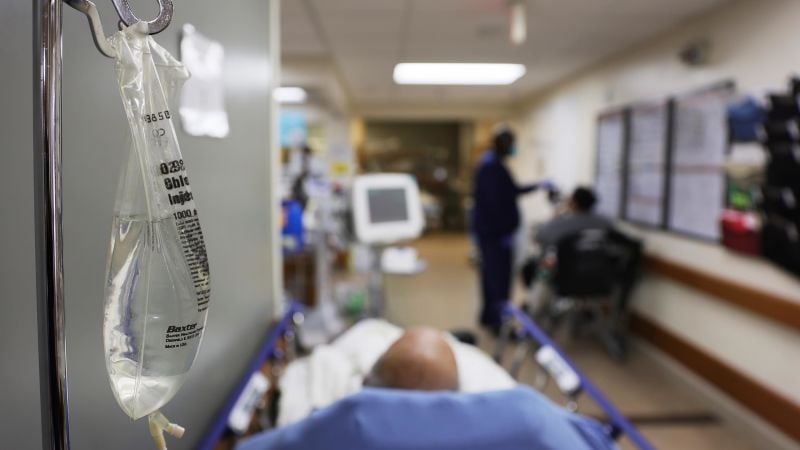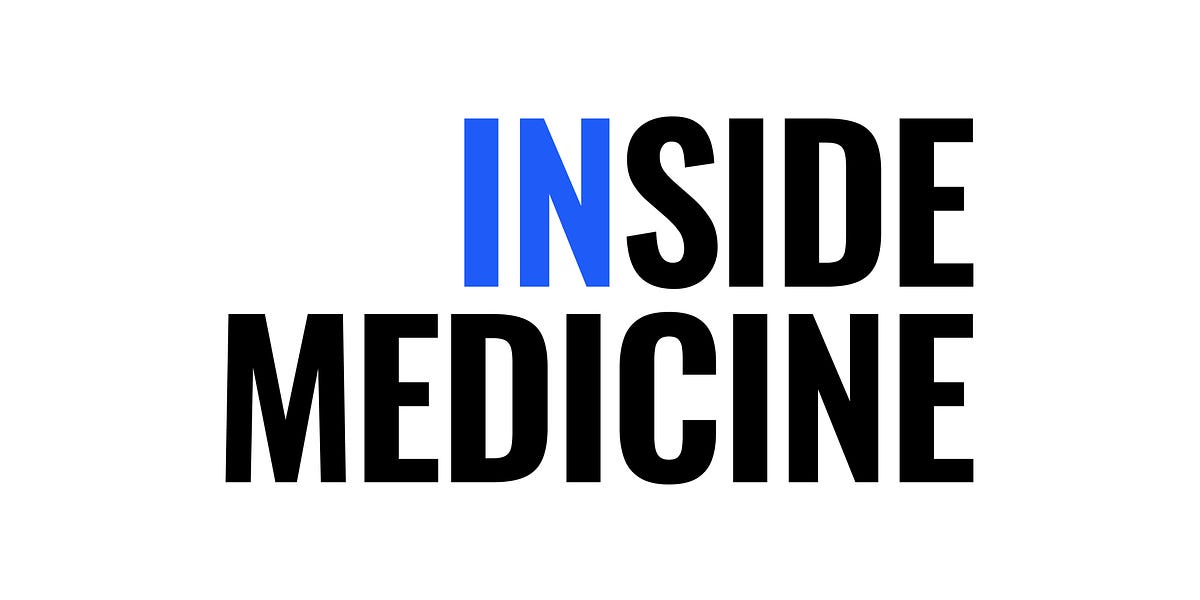Its a multi-hundred page “study”. Of course it has some good points within it. I’ve sped-read about 20% of it. Absolutely makes some great points, and has good discussion of the difficulty with “diagnosis”. Truly interesting on a philosophical level.
But it leads with the absolutely fantastical allegation that the 4th leading cause of death in the USA is ER Misdiagnosis. Come the hell on. Blatantly impossible by an order of magnitude or two. Top-order result that they place in their abstract. Deep in the text do they place some caveats? Sure. But absolutely irresponsible to lead with such ****ty head-line grabbing hot garbage.
Now if you go diving within the text you find all sorts of gems, written by non-ED clinicians, full of biases and assertions made without evidence.
Its great reading:
(1) You guys above belly-aching about this study are just poor diagnosticians (and old), and your hyper-independence is threatened by the study. The answer is to lay on this couch, talk about your mother, and consult more specialists who know more than you.
View attachment 363521
(2) All of us who looked at the basic premise of the paper and noted that decreasing “misses” requires additional diagnostic resources and ergo expense but also the potential harm of extra testing, incidental findings, etc… we’ll we are wrong. You see, if we just had “basic diagnostic methods” i.e “proper history taking and neurological examination”, we would increase sensitivity and specificity at any given threshold. Less false negatives. Less false positives. Fitter! Happier! More productive! Comfortable! Not drinking too much!
View attachment 363522
(3) Turns out we are actually excellent at heart attacks and don’t need help with that. Strokes are the issue. Especially dizzy strokes. What we need is a pathway. Just follow the pathway boys and girls. Its so simple a child could do it. You need to learn HINTS you idiots. We’re going to make an app for that. Just hold your iPhone up to the patient with your dizzy app turned on, and follow the pathway. No more missed stroke deaths. Then we just expand on our success and create pathways for meningitis and mesenteric ischemia. Simple.
View attachment 363523


